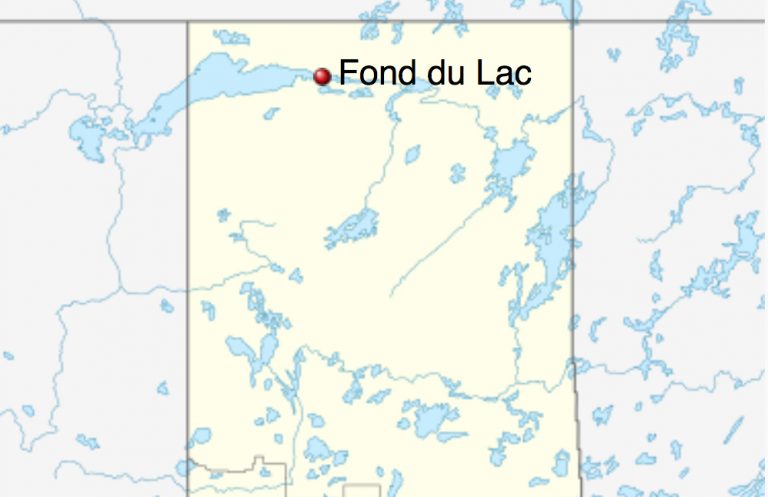
Airport safety was one of the themes Thursday as federal Minister of Indigenous Services Seamus O’Regan visited Saskatchewan.
O’Regan visited the La Ronge (Barber Field) Airport during a trip to the northern community to announce funding for a new mental wellness centre. He also inspected recent improvements made to the airport from Transport Canada’s Airports Capital Assistance Program.
He then flew back to Saskatoon, where he announced more than $12 million in funding for improvements to the Fond du Lac airport, where a December 2017 crash killed one and injured two dozen others.
The investment of $12,148,100 at Fond Du Lac includes rehabilitating the asphalt on the runway, taxiway A and the apron, installing a precision approach path indicator system for the runway and replacing runway and taxiway edge lights along with apron floodlights.
“A well-maintained runway, taxiway and apron is key to ensuring safe usage by aircraft, passengers, and crews, and helps protect costly airport safety assets, such as snow clearing equipment, during airport operations,” the federal government said in a press release.
That funding comes from Transport Canada’s Airports Capital Assistance Program (ACAP). It’s in addition to about $3.2 million spent on new snow-clearing equipment and the installation of safety fencing.
The community has long been advocating for improvements to the runway, arguing it is too short to accommodate the flights needed in Fond Du Lac. The tragic 2017 crash was caused by a buildup of ice on the plane’s control surfaces. A Transportation Safety Board (TSB) investigation found that the de-icing equipment at the airport was inadequate, and that anti-icing equipment didn’t exist.
A TSB report called on Transport Canada to ensure adequate de-icing equipment exists at remote airports. West Wind Aviation, which operated the crashed plane, has since updated its de-icing equipment.
The funding announced Thursday didn’t include any de-icing equipment.
O’Regan, who grew up in Happy Valley-Goose Bay, a remote part of Labrador, said he understands how vital an airport can be to a small, northern community.
“Those of us who have lived in the north know that air travel isn’t just about business and isn’t just about pleasure, it’s about survival,” he said in a press conference live-streamed by the Federation of Sovereign Indigenous Nations (FSIN) as chiefs standing behind him nodded along in agreement.
“Northern communities rely on airports for food, for medicine, search and rescue and increasingly for fire suppression. Well-functioning airports are essential to creating thriving (communities).”
The investment in the airport was praised by Georgina Jolibois, NDP MP for Desthene-Missinippi-Churchill River.
‘Investments in air safety are vital for all remote northern communities,” she said in a written statement.”Too many northerners rely on air travel and they need to know that their safety is a top priority.”
Jolibois said she will hold the Liberal government to account to make sure they follow through on a timeline to implement the safety improvements.
“Northerners won’t accept empty promises,” she said.
During his visit, O’Regan also examined a new airfield lighting control system and new sand storage shed constructed in La Ronge from ACAP funding.
The two projects received $392,548 for the pair of projects.
The updated airfield lighting control system ensures reliable and effective lighting and visibility on the runway, taxiway and apron. The sand storage shed will ensure snow and ice supplies can be kept safe from moisture and freezing temperatures.
“The La Ronge Airport is an important hub for community members of La Ronge Indian Band and the wider Northern Saskatchewan region,” O’Regan said in a statement.
“The upgrades made through this investment help ensure continued safe operations for passengers, crews and employees, while supporting regional economic development.”
